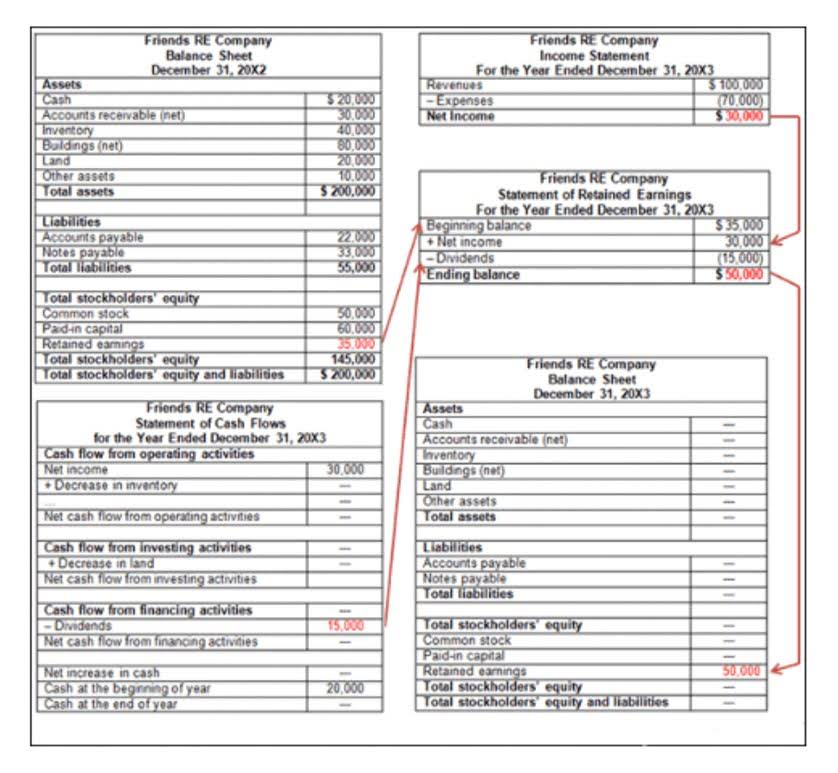
In this article, we’ll walk you through the four types of statements and show you some examples of how other nonprofits handle their financial statements. To read and understand a nonprofit financial report, you first need to familiarize yourself with the Statement of Activities. This report breaks down your revenue and expenses by restrictions on how or when you may use them. The Statement of Activities is a great way to see where changes can be made to increase revenue or decrease expenses. Improved financial management can help your nonprofit organization better allocate its resources and improve its overall performance.
G7 Ministers Warn About Iran’s ‘Illicit Financial Activities’ – ایران اینترنشنال
G7 Ministers Warn About Iran’s ‘Illicit Financial Activities’.
Posted: Sat, 13 May 2023 07:00:00 GMT [source]
They are more concerned with the health of a business and the company’s ability to pay its loan payments. Analyzing the leverage ratios, debt levels, and overall risk of the company gives creditors a good understanding of the risk involving in loaning a company money. Wellington Zoo also shares further details for each financial statement to explain who is reporting these facts and how they comply with accepted standards. Finally, financing revenue comes from the earnings and interest earned on your financial activities and savings. Operating revenue includes funds from donations, ticket sales, product sales, etc.
What is the Statement of Activities?
We consider that there is a time restriction on the funds allowing only 1/3 of the donation to become unrestricted in a given year. For example, some investors might want stock repurchases while other investors might prefer to see that money invested in long-term assets. A company’s debt level might be fine for one investor while another might have concerns about the level of debt for the company.
Investing activities include any sources and uses of cash from a company’s investments in the long-term future of the company. A purchase or sale of an asset, loans made to vendors or received from customers, or any payments related to a merger or acquisition is included in this category. The CFS allows investors to understand how a company’s operations are running, where its money is coming from, and how money is being spent. The CFS also provides insight as to whether a company is on a solid financial footing. Other income could include gains from the sale of long-term assets such as land, vehicles, or a subsidiary. I have been advocating to use the health and care sector – which accounts for 10% of total employment in the Region – as a lever for equitable, participatory and green development.
Example of an Income Statement
The last of the four essential financial statements, the statement of functional expenses, is unique to nonprofits. In most accounting systems, expenditures are typically recorded as natural expenses, which are based on the nature of the payment. Most for-profit organizations stop there, but nonprofits have to go one step further and reorganize their costs based on their function in furthering the organization’s mission, which are known as functional expenses. The nonprofit statement of financial position is also known as a balance sheet, which is what for-profit organizations usually call their equivalent statement. It provides a snapshot of your organization’s financial health, meaning it plays an especially important role in nonprofit financial audits.
- The word ‘financial‘ is the adjective of the noun or verb finance and the noun finances.
- Nonprofits use the statement of financial position to list their assets, liabilities, and net assets.
- But also, things like programmatic expenses, or the cost of holding events should be included.
- Improved financial management can help your nonprofit organization better allocate its resources and improve its overall performance.
This amount represents assets for capital acquisitions and reclassifications that are released from the temporarily restricted classification to become unrestricted. This amount represents other revenue and expenses not categorized elsewhere. Contributions for capital statement of financial activities acquisitions, trusts, and endowment, represents gifts designated for non-operating purposes such as capital projects, trusts, and endowments. Operating expenses are costs incurred in fulfilling the Cornell’s primary mission of “learning, discovery, and engagement.”
Statement of Cash Flows
The first thing you’ll want to look at when reading a nonprofit statement of activities is the net income. This will give you an idea of whether or not the organization is bringing in more money than it’s spending. Last, financial statements are only as reliable as the information being fed into the reports. Too often, it’s been documented that fraudulent financial activity or poor control oversight have led to misstated financial statements intended to mislead users. Even when analyzing audited financial statements, there is a level of trust that users must place in the validity of the report and the figures being shown. The operating activities on the CFS include any sources and uses of cash from running the business and selling its products or services.

You can check with GAAP and IFRS practices to ensure you’re correctly categorizing net assets. At times, supporters will give donations stipulating that they can only be used on a specific project or program. The net assets on your statement of financial position are where your organization must list these restrictions. Foundations require nonprofits to provide financial statements when they apply for grants. Major donors also may want to see financial statements before giving a significant gift. When a nonprofit shares more about its financial health, foundations and sponsors see that the nonprofit is financially viable and feel safer giving.


